Making Renewable Energy a Grid Friendly Energy Source Using Ammonia
By Eng. Ruwan Nagahawatte
Human dependency on energy is becoming greater everyday. Today burning of fossil fuel in meeting the energy needs of humans is identified as the most contributing source in emission of green house gas including CO2. The rising levels of green house gas emissions were identified as the prime contributor in world climate change and main threat to the human existence. Therefore the interest on developing energy systems using renewable energy sources is becoming more and more important. Renewable energy usage is identified as the one of important element in addressing key issues of energy supply with minimization the effects of climate change.
Highly unpredictable pricing system and very low energy security in fossil fuels help to accelerate the usage of renewable fuels in meeting the energy demand of many countries. However the low level of reliability of renewable energy sources due to seasonal weather patterns and instantaneous changes in generation capacities had been identified as the major drawbacks in popularizing the renewable energy sources as a replacement to the fossil fuel generated energy.
 Figure 1 : Instantaneous Power Variation in Solar Energy Systems
Figure 1 : Instantaneous Power Variation in Solar Energy Systems
The development of energy storage for renewable energy system to stabilize its output is identified as the most practical solution in overcoming the inherent disadvantages of these power systems. Energy storage is expected to iron out the instantaneous changes in power output due to changes in weather.
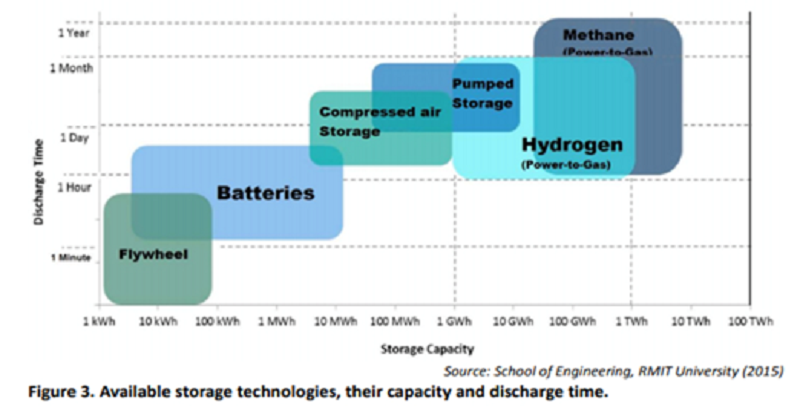 Figure 2 : Energy Discharge Vs. Storage Capacity in Energy Storage Systems
Figure 2 : Energy Discharge Vs. Storage Capacity in Energy Storage Systems
During last two decades, mechanical, electrical, thermal, and chemical systems have been developed for energy storages for stand-alone commercial use and utility scale connections. Storage solutions such as lithium batteries, mechanical fly wheels, pump storages and compressed gas storages are unlikely to be able to facilitate the required large capacity storage for the grid-scale renewable energy systems and will become obsolete soon due to their inherent disadvantages.
 Figure 3 : Storage Time Vs. Grid Scale Energy Storages Systems
Figure 3 : Storage Time Vs. Grid Scale Energy Storages Systems
The Chemical Energy is identified as most potential immerging technology that can provide better means of energy storage in recent years due to its higher energy storage density over long period of time
Development of renewable energy system for utility scale power supply is expected to gain momentum and getting popular across the world with the evolution of chemical energy storages. Apart from its ability to store large amount of energy for longer period of time (up to 6 months), a commercially viable chemical energy storage systems is expected to reduce the dependency on imported fuels for many nations and meet the environmental obligations with respect to greenhouse gas emissions reduction goals. Considering the ability of chemical storage to store large amount of energy for longer period of time, the need for peak power plants will diminish from the world of power generation and all the power plants could be operated as base power plant with highest efficiency, while storing the excessive energy inside the chemical energy storage for it to dispatch during peak demand period.
Theoretically, the Chemical energy storage can replace the redundancy in power generation systems, where they were in-place for power supply during maintenance or sudden breakdown of main power systems. Further, whether it is renewable energy system or fossil fuel operated system, chemical energy storage is going to be the key component in all future energy systems installations considering its advantages in improving overall system efficiency and reliability.
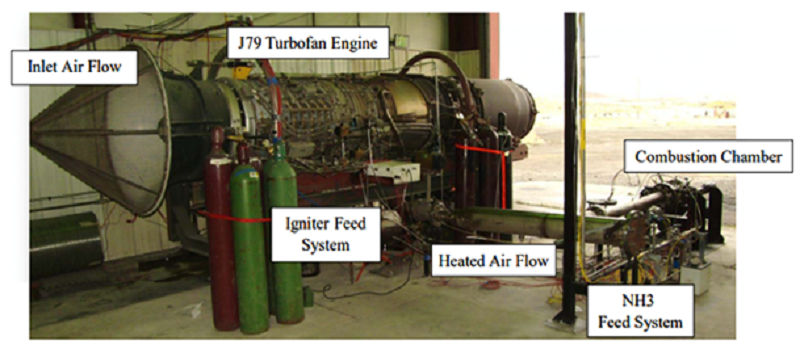 Figure 4 : Testing of Ammonia as a Fuel in Gas Turbine
Figure 4 : Testing of Ammonia as a Fuel in Gas Turbine
Primarily the commercial chemical energy storage has been developed using generation of hydrogen or carbon-neutral hydrogen derivatives such as Ammonia. Ammonia has been fired in gas turbines to generate power in many research programs prior to commercial use. Similar to the production of hydrogen, ammonia is a product that can be obtained either from fossil fuels, biomass or other renewable sources such as wind and photovoltaic, where excessive electrical supply can be converted into some non-electrical form of energy. Some advantages of ammonia over hydrogen are its lower cost per unit of stored energy, and more widespread production, handling and distribution capacity, and better commercial viability.
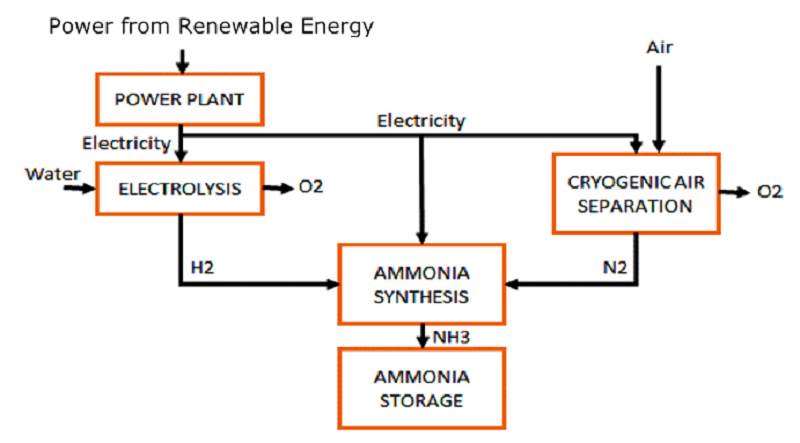 Figure 5 : Green Ammonia Production Process
Figure 5 : Green Ammonia Production Process
Ammonia is one of the most widely transported bulk-manufactured chemicals, having been mass produced throughout the world for more than a century, and its manufacture thought to account for approximately 2% of global energy production. While ammonia is a toxic and corrosive gas, the wide-ranging experience and expertise in productions, transportation and utilization of ammonia significantly reduces concerns about its further exploitation. Indeed, well tested and successful health and safety protocols and regulations already exist for every aspect of its industrial application, from production through to combustion.
The original applications of ammonia were in the chemical and agriculture industries and it still finds its greatest application as a fertilizer for intensive crop farming. Nevertheless, in addition to its traditional applications, ammonia is an energetic chemical energy store with favorable physical properties, especially when compared to other chemical energy storage media.
Ammonia production using renewable sources for power generation is very attractive due to following reasons
- Ammonia is carbon-free, and can be produced with an entirely carbon-free process using renewable power sources;
- Ammonia has an energy density of 22.5 MJ/kg,
- Ammonia can easily be make into liquid by compression to 8 bar at atmospheric temperature
- Ammonia manufacturing is an established process that already exists and the infrastructure for ammonia storage and distribution is well established
- Ammonia production in the world today sums to about 180 million tons per annum
 Table 1 : Combustion Characteristics of Ammonia in Comparison to Other Fuels
Table 1 : Combustion Characteristics of Ammonia in Comparison to Other Fuels
Combustion of Ammonia for Power Generation
Generally it is not an easy process to introduce new energy source for the use. In realization of Ammonia as viable emerging energy source, the main step is to develop commercial and grid scale power modules that could release the stored energy and convert it for high-grade energy sources like electricity. Simply the combustion of Ammonia can be represent in the below equation

- Reducing Emissions.
At the ideal combustion situation, the Ammonia combustion represent highly environmental friendly products and the development of new devices and techniques that can utilize green ammonia would have the following advantages:
- Energy Security
Ammonia can be produced from abundant raw materials, namely hydrogen (in water) and nitro-gen (in air). Ammonia is already produced and transported in considerable volumes and is therefore a practical and scalable fuel. With the capability of providing grid-scale energy storage, ammonia facilitates the increasing exploitation of renewable energy sources.
- Reducing Costs of Energy.
The capital costs of ammonia energy storage are most economical in comparison to the compressed air/pumped hydro storage systems and substantially lower than other challenger technologies such as electric batteries.
Ammonia Economy
Ammonia being very versatile in use like many petroleum based fuels, ammonia can be used to support power generation, transportation and heating application in combination of other fuels, thus increasing its flexibility of usage. Despite the long period since its inception, most notably in Belgium in 1942, it is only now that ammonia is being seriously considered as fuel both for mobile and large renewable energy storage applications, thus supporting reduction of CO2 with high flexibility of supply.
While ammonia is currently most cheaply produced from reforming of natural gas, producing H2 and CO2 , it may also be produced using sustainable sources including solar, wind or tidal, air (for N2 via liquefaction) and water (for H2 via electrolysis), with minimal environmental pollutants. In future, with the development of ammonia systems each country can produce their own fuels for their energy needs locally.
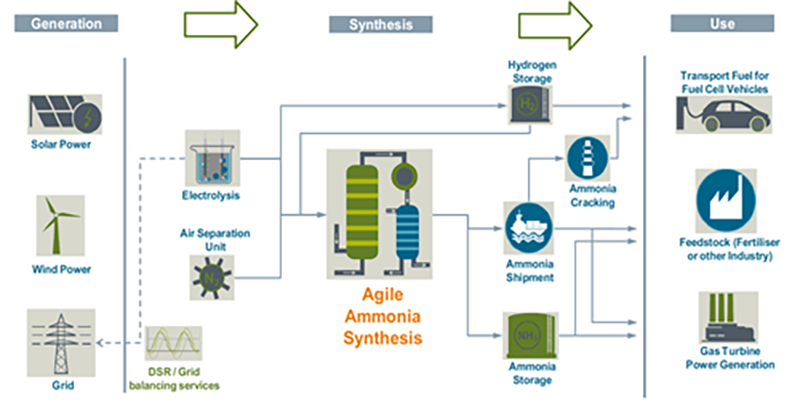 Figure 6 : Future Energy Spectrum
Figure 6 : Future Energy Spectrum
Research on Ammonia Based for Power System
Use of Ammonia based energy storage has recently received attention internationally as per the primary benefits of carbon neutrality Ammonia blends have been assessed and compared to conventional and higher hydrocarbon fuels.
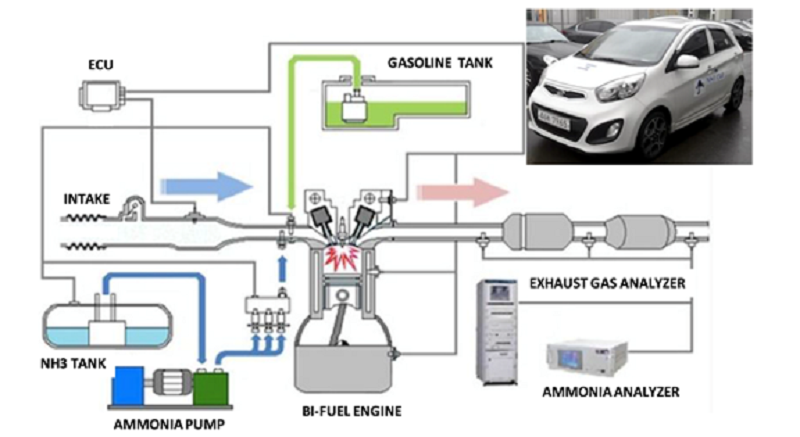 Figure 7 : KIA- Ammonia Test Bench for IC Engines
Figure 7 : KIA- Ammonia Test Bench for IC Engines
Japan has conducted extensive research in usage of Hydrogen, as an attractive solution that could meet their energy demands, and also accompanied by reduction in greenhouse gas emissions. However, Japan has clearly recognized the potential of ammonia to serve as the hydrogen source and joined today with US Energy Department, UK, Europe, Australia, and South Korea in conducting extensive research work in developing Ammonia based power generation system.
Challenges in Using Ammonia
Like every other energy source, Ammonia has its own set of properties that pose some challenges in using Ammonia as viable energy source for the future. Primarily the challenging properties of Ammonia can be listed as below.
- Highly corrosive
- Flammability
- NOx generation during combustion and need for exhaust gas cleaning system
- Unburned Ammonia toxicity
- Public acceptance of use of Ammonia considering storage pressure and safety of the system
Current ammonia production methods are heavily reliant on fossil fuels and achieving carbon neutrality through the Ammonia usage needs a change of production process based on H2 generation on electrolysis and reaction with N2 that was extracted for atmosphere as illustrated on Figure 5. Main Combustion product of Ammonia
Apart from the flammability of the Ammonia, other main challenges in using Ammonia are to be focus on methods of reduction of NOx emissions and unburned Ammonia from the combustion products. These contaminants directly impact on climate change and are toxic to life, respectively. Although considerable research has been conducted to understand the formation process of NOx, its formation and consumption during combustion and post-combustion processes using ammonia are still at the core of the research agendas of various research groups. Similarly, toxicity of high concentration of unburned Ammonia is the next major concern in using this new fuel with automobiles. The public perception is very important in getting this fuel popular in society to reverse the climate change. However need to mitigate nuisance like smell of Ammonia even at low concentrations is a critical barrier that requires innovative solution.
Therefore, any potential system based on Ammonia needs to undergo thorough health and safety impact analyses and a review of current legislations, in respect to public and end-user safety and tolerability.
Reference
- Ammonia for Power by A.Valera Medina, H, Xiao, M. Owens-Jones, W.I.F. David, PJ Bowen
- Progress in Energy and combustion Science by Elsevier
- Ammonia Fuel Association (http://nh3fuelassociation.org)
- Cleaner Production by Elsevier
- Comparison between Different Storage Technologies, Dr. Ian Wilkinson
- Ammonia Energy Association, New York, USA
 Eng. Ruwan Nagahawatte has more than 15 years of experience in designing, construction and operation of power generation system in Sri Lanka. He is graduated from University of Moratuwa and involve in sustainable engineering practices.
Eng. Ruwan Nagahawatte has more than 15 years of experience in designing, construction and operation of power generation system in Sri Lanka. He is graduated from University of Moratuwa and involve in sustainable engineering practices.





